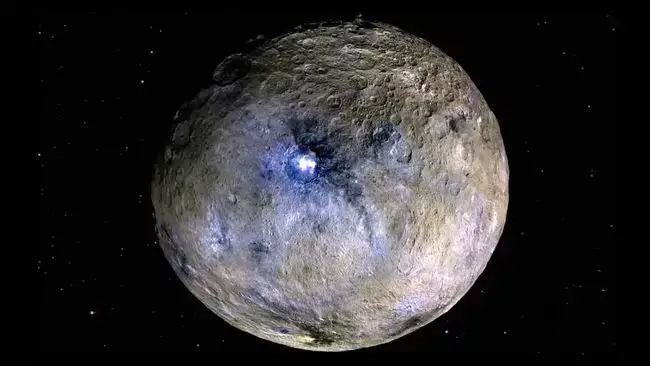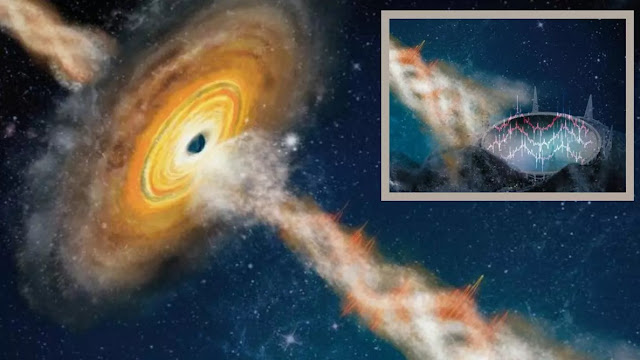
This frame is obtained from a video from NASA’s Dawn mission shows dwarf planet Ceres in false-color renderings, which highlight differences in surface materials. (Image credit: NASA/JPL-Caltech/UCLA/MPS/DLR/IDA)
Astronomers are always in search of extraterrestrial lifeforms to determine if we are alone, or sharing this vast universe with other civilizations. In the quest to discover more fascinating evidence of life, researchers decided to study a dwarf planet near Mars. This dwarf planet is named Ceres and it exists in the asteroid belt region located between Mars and Jupiter.
A recent study suggests that there could be the presence of organic matter in abundance in the dwarf world. Researchers first discovered the organic matter in 2017 on Ceres. However, it was not until recently did scientists realized that organic matter is more widespread than they thought before.
Hence, the recent study made it clear that astronomers should look more toward the dwarf planet if we want to discover terrestrial lifeforms outside Earth.
“The organics were initially detected in the vicinity of a large impact crater, which is what motivated us to look at how impacts affect these organics,” Terik Daly, a planetary scientist at the Johns Hopkins Applied Physics Laboratory, and leader of the study, said in a statement.
“We are finding that organics may be more widespread than first reported and that they seem to be resilient to impacts with Ceres-like conditions,” Daly added.
What Does The Presence Of Organic Matter On A Dwarf Planet Mean?
Unlike the 2017 study, the latest study suggests the widespread presence of organic matter on Ceres. This means that the dwarf planet may have the basic ingredients to support microbial life. Hence, Ceres’ organic matter may stand as building blocks to some form of alien lifeform.
“Although researchers have performed impact and shock experiments on various types of organics in the past,” Daly said, “what was missing was a study dedicated to the type of organics detected on Ceres using the same type of analytical method used by the Dawn spacecraft to detect them.”
Researchers now focusing on comparing the two data sets obtained from the organics of the small planet. They will also map areas that have the most potential ingredients to support alien life.
“By capitalizing on the strengths of two different datasets collected over Ceres, we’ve been able to map potential organic-rich areas on Ceres at higher resolution,” Juan Rizos, a postdoctoral researcher at the University of Maryland who also worked on the study, said in the statement.
What’s Next?
The recent study has given scientists a new hope of finding some form of life beyond Earth soon. Researchers who participated in this study believed that they could find a large interior reservoir of organics on the dwarf planet. Making this discovery will mean that oxygen is present on Ceres and the possibility of finding life is also high.
“While the origin of the organics remains poorly understood, we now have good evidence that they formed in Ceres and likely in the presence of water. There is a possibility that a large interior reservoir of organics may be found inside Ceres,” said Juan Rizos.
Hence, we should remain hopeful about the future of finding life outside Earth anytime soon. Astronomers revealed that
The team published the new study in the Geological Society of America.





